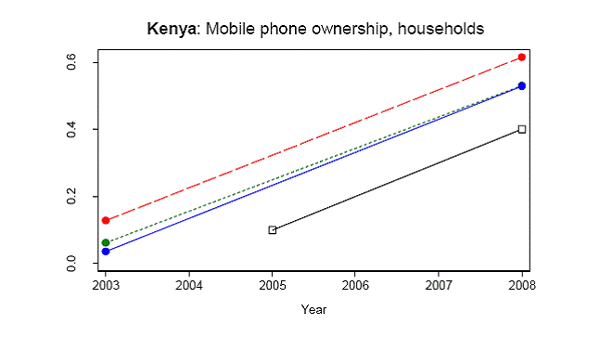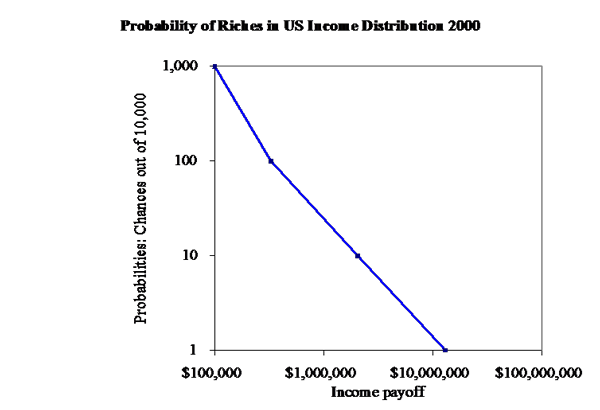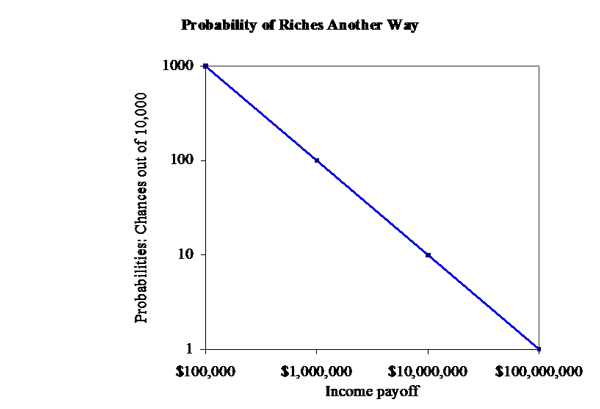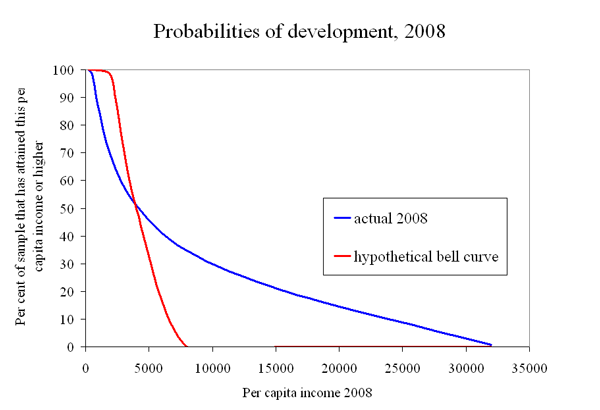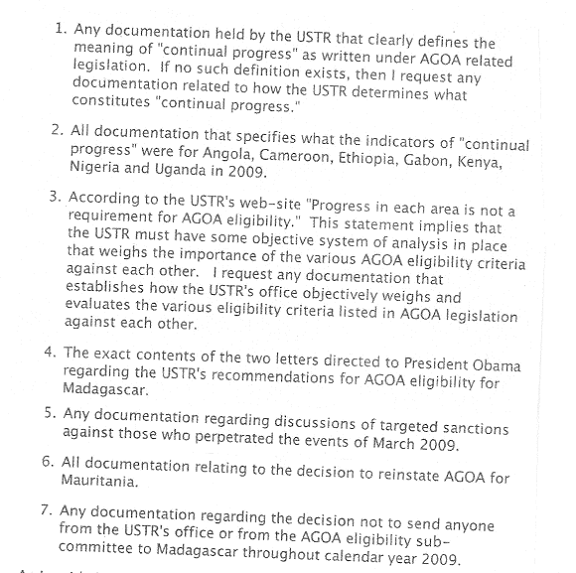Millennium Villages: don't work, don't know or don't care?
UPDATE 10/16 12:25PM: Tim Harford in FT also covers Clemens and Demombynes paper and gets response from Sachs. In a new paper, Michael Clemens and Gabriel Demombynes ask:
When is the rigorous impact evaluation of development projects a luxury, and when a necessity?
The authors study the case of the Millennium Villages, a large, high-profile, project originally meant to demonstrate that a package of technology-based interventions in education, health and agriculture could lastingly propel people living in the poorest African villages out of poverty within five (now ten) years.
One way Clemens and Demombynes get at their central question is to examine how the Millennium Villages are (so far) being evaluated, and ask whether a more rigorous method of evaluation would be 1) feasible and 2) likely to yield very different results. They answer 1) yes and 2) yes.
They start by looking at the findings of a Millennium Villages midpoint report released last summer, which shows movement on indicators (higher crop yield, more cell phone usage, fewer cases of malaria, etc.) against a baseline of data collected in those same villages three years prior. In the graph of cell phone ownership in Kenya below, this progress is charted by the black line.
Clemens and Demombynes then put this data in the context of how non-Millennium villages in the same country and region are faring on these same indicators, using publicly available data from national surveys. These are the red, blue, and green lines in the figure below.
What is going on in non-Millennium Villages in Kenya to drive up the number of cell phone users? Conventional wisdom is that it’s driven in very small part by outside aid and in large part by entrepreneurs, small and large. (There are a whole series of these graphs included in the paper, many show more improvement in MVs than in comparators, while a few show worse performance in MVs.)
The paper goes on to describe the weaknesses in the MVP’s published plans for future evaluations, which do involve comparison villages, and suggests how future waves of MVP interventions could be more rigorously evaluated without spending a lot more. (Summary here.)
The MVP team responded to the critique, saying that it “misunderstands the MVP’s aims and evaluation methods.” They shift away from portraying MVP as a demonstration project: the “primary aim” is “to achieve the Millennium Development Goals in the Project sites.”
 From Aid to Equality
From Aid to Equality

